the American Automobile Association (AAA) has tested three vehicles currently equipped with active driving assistance system (Level 2) As a result, several safety problems were found The three vehicles tested in this test are Santa Fe in 2021, forester in 2021 and Tesla Model 3 in 2020.
Among the three vehicles tested in this test, slow dummy vehicles running in the same direction as the test vehicle can be detected. In each test (five runs per vehicle), the test vehicle applies the brakes at the same speed as the dummy to avoid impact. Similarly, all test vehicles were able to detect simulated cyclists driving in the same direction and slow down to prevent impact.
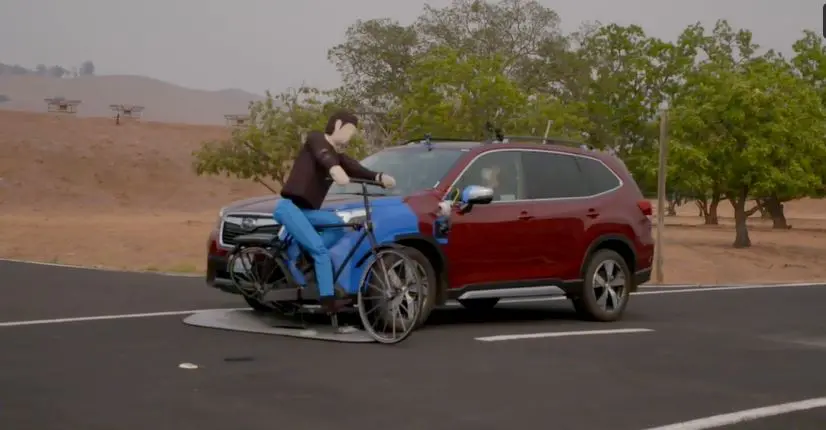
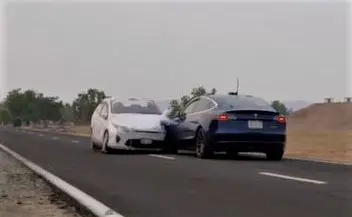
When the dummy vehicle is placed in the same lane to simulate a frontal collision caused by a damaged or distracted driver, the test vehicle will impact it every time. The speeds of the test vehicle and the simulated incoming vehicle are 25 mph and 15 mph respectively - lower than what might happen in the real world.
Instead of trying to brake, Hyundai and Subaru hit the target without reducing speed. Tesla applied the brakes in each test, but still managed to hit the dummy vehicle at an average speed of 2.3 mph.
More importantly, the Subaru foresters failed to detect the simulated cyclists crossing the road in front of them. In this test, both Tesla and Hyundai were able to brake to avoid impact. Greg Brannon, director of automotive engineering at the American Automobile Association, said their tests showed that performance instability was the norm, not the exception.
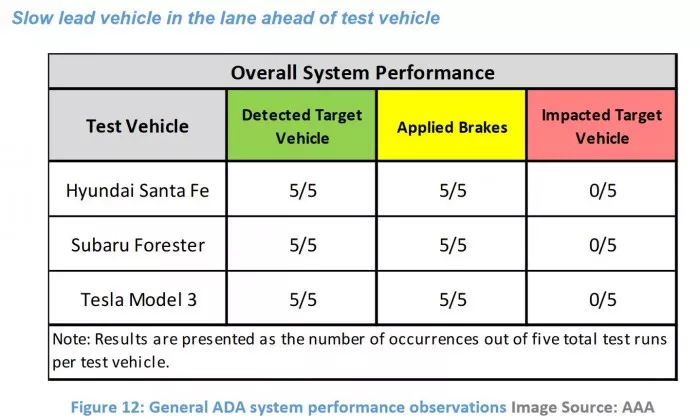
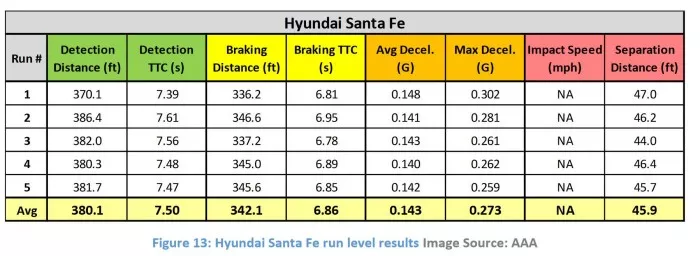
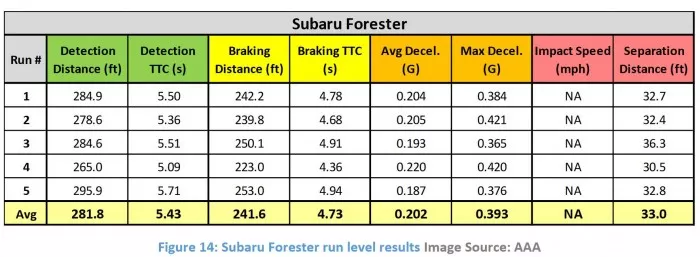
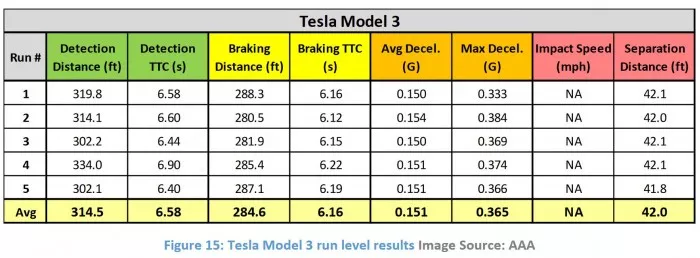

The AA's advice to automakers is simple: listen to cancellers and improve currently available systems before trying to focus on the future. "If consumers don't believe in the present, you can't sell them the future," Brannon added.